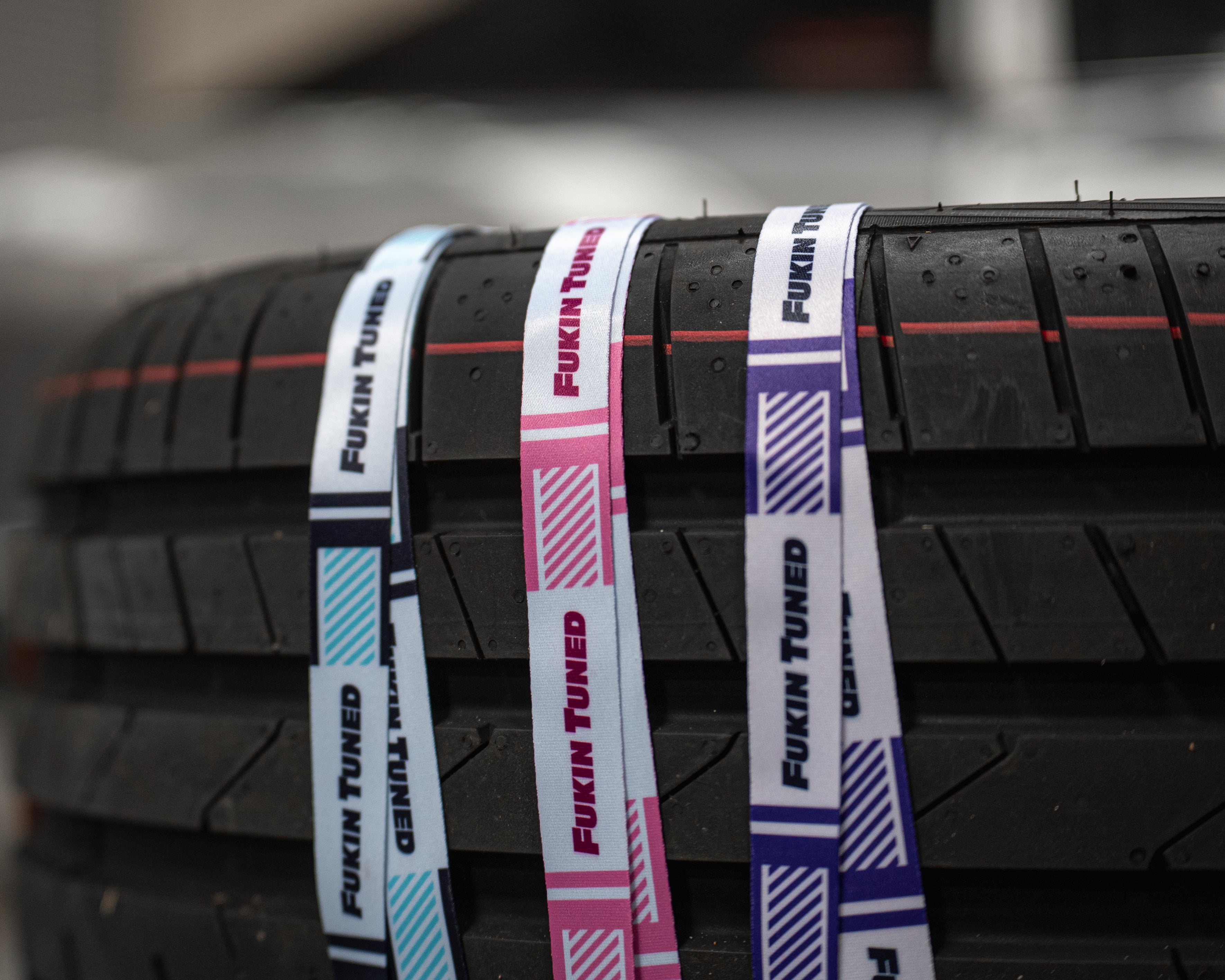Cover Photo by JIWON KANG on Unsplash
If you’ve spent any time under the hood, considered engine tuning, or ready anything related to these topics, you’ve probably come across “IAT.” That is short for “Intake Air Temperature,” and IAT is a sensor reading that tells your ECU how cold (or hot) the air is before it enters the combustion chamber. It sounds simple, but it affects engine performance, fuel efficiency, and even safety of your engine.
How IAT Affects Engine Performance
Internal combustion engines breathe air just like we breathe oxygen. The amount of oxygen in the air determines how much fuel the engine can burn efficiently during the combustion process. Colder air is denser, meaning it carries more oxygen, and that extra oxygen lets the engine produce more power. Hotter air is lighter and less dense, carrying less oxygen and producing weaker combustion, resulting in less power. The IAT sensor measures the air temperature and feeds this information to the ECU, so it adjusts fuel and timing to match the external conditions.

Photo by Tiago Ferreira on Unsplash
Modern cars rely heavily on this data. The ECU uses IAT readings to fine-tune fuel delivery. If the intake air is cooler than usual, the engine needs more fuel to maintain the proper air-fuel ratio (AFR). If the air is hot, the ECU pulls back fuel to prevent the engine from running lean. Running lean can be dangerous because it increases the risk of knocking, which can damage pistons and valves, leading to catastrophic engine failure. Proper IAT-based adjustments keep your engine running smoothly while protecting it from heat-related issues.
IAT and Ignition Timing
Ignition timing is another area where intake air temperature matters a lot. The timing of the spark plug firing determines how efficiently the fuel burns. High intake air temperatures make the engine more prone to knocking. When tuners see that the IAT is climbing, they often retard the timing slightly to prevent damage. Conversely, cooler air lets the engine handle more aggressive timing, which can squeeze out extra power. Tuning without considering IAT is risky because what works on cool winter days could damage the engine on hot summer days.
IAT becomes even more critical if you’re running a forced induction (turbocharged or supercharged) engine. Forced induction compresses air, heating it up and reducing its density. Tuners pay close attention to IAT in these setups because high intake temperatures can limit performance and trigger knock. Adjusting boost levels, adding or optimizing intercoolers, and scaling fuel and timing rely on accurate IAT readings. A well-tuned turbo engine adjusts automatically based on intake air temperature, giving consistent performance in different weather and driving conditions.

Photo by Cooper White on Unsplash
Even if your car is naturally aspirated, ignoring IAT can hurt performance. Air temperature changes throughout the day and across seasons. An ECU tune that works perfectly in the chill morning weather might not perform as well under the midday sun. Modern tuning uses IAT as a real-time reference to adjust fuel and timing on the fly. That way, your engine can perform safely and consistently no matter the air temperature.
IAT in Engine Tuning and Safety
In short, IAT acts like a “thermostat” for your engine’s performance. Properly monitoring it and using the real-time IAT data ensures the right amount of fuel meets the air coming in, keeps ignition timing safe, and lets the ECU adapt to changing conditions. Tuners treat it as a core part of every tuning map. High IAT can reduce power, risk knocking, and even limit boost on turbo engines. Low IAT can unlock more power safely, but the ECU still has to manage fuel and timing carefully.
Knowing what IAT is also helps when upgrading parts. Intercoolers, intake systems, and even turbo setups rely on IAT for peak performance. A well-placed IAT sensor or a proper intake design can make a noticeable difference in power and engine longevity. When tuners adjust fuel, timing, or boost based on IAT, they are not guessing. They are using real data to get the most out of your engine while keeping it protected.









